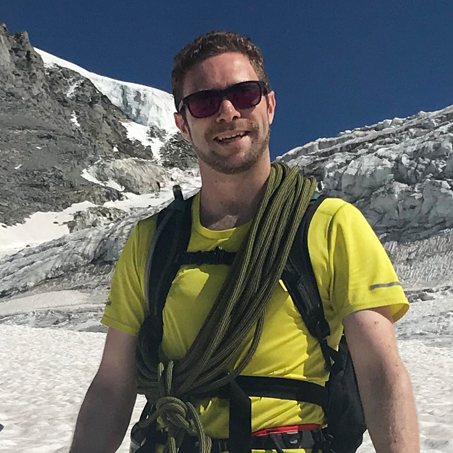What makes Mount Baldy so dangerous?
After two fatalities in January, including Julian Sands, a British actor, we ask what makes Mount Baldy so dangerous and consider how to mitigate the risk when climbing it
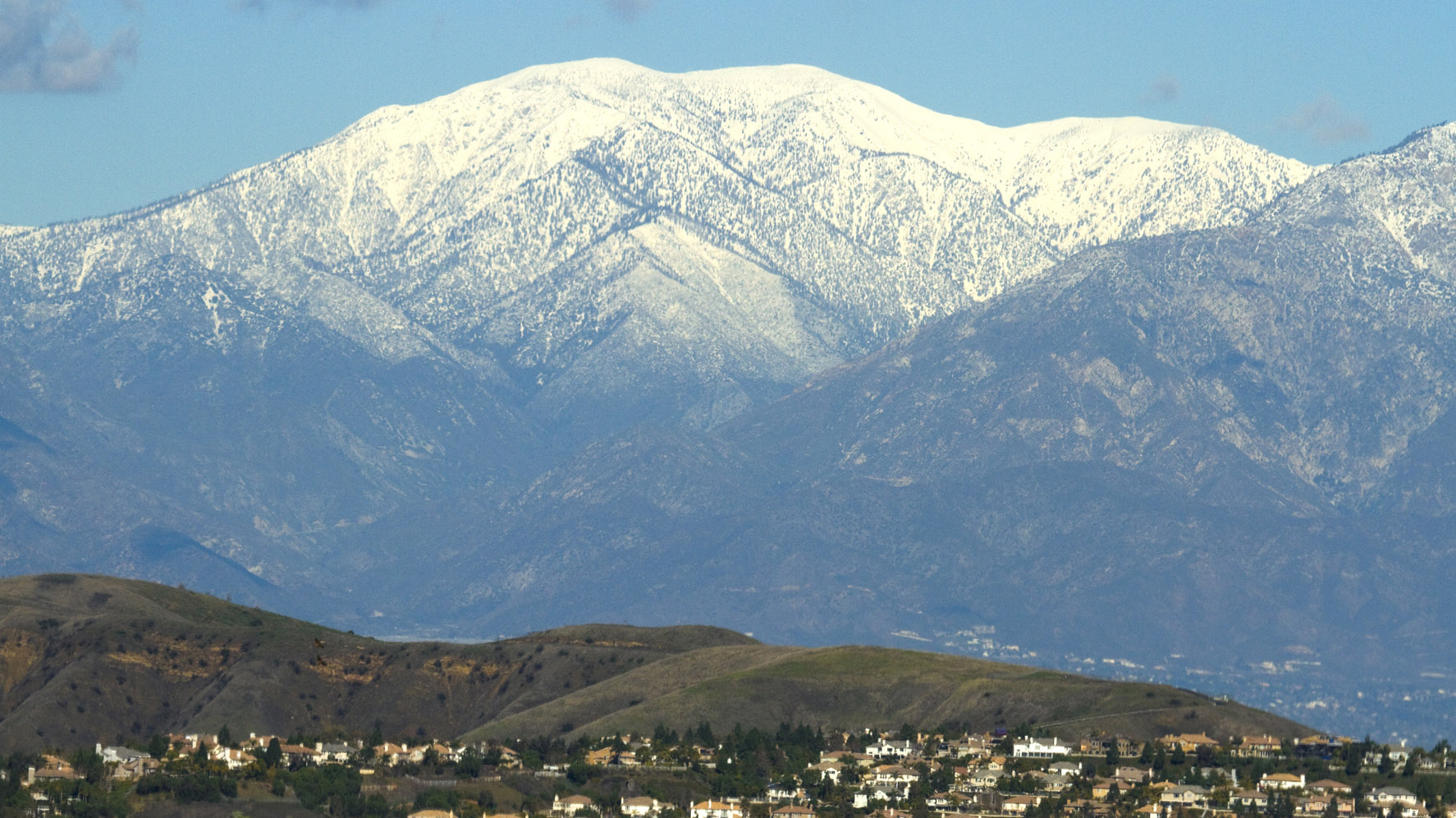
Is Mount Baldy really that dangerous? The Californian mountain has witnessed over 100 rescue missions and a tragic toll of at least seven confirmed fatalities since 2020. Yet it's still a popular peak, a magnet that draws adventurous hikers. Is there a safe way to take on the mountain? Or are the dangers of Mount Baldy unavoidable?
January 2023 alone saw two fatalities on the snow-covered peak – including British actor Julian Sands, whose body was found by hikers five months later – and over a dozen rescues. Gil Estrada, chairman of the Sierra Club’s San Antonio ski hut, which is located on Baldy's flanks, recently spoke about the dangers of winter on the mountain: 'There’s a death almost every January – sometimes more than one.' 2023 was one of those years.
The tragedies put the mountain's safety firmly into the spotlight, leading to authorities considering a permit system to control access. The San Bernardino County Sheriff's Department also warned people off attempting the peak in winter conditions if they are not versed fully in mountaineering skills and equipped with an ice axe and crampons. 'If you don't know, please don't go!' they implored.
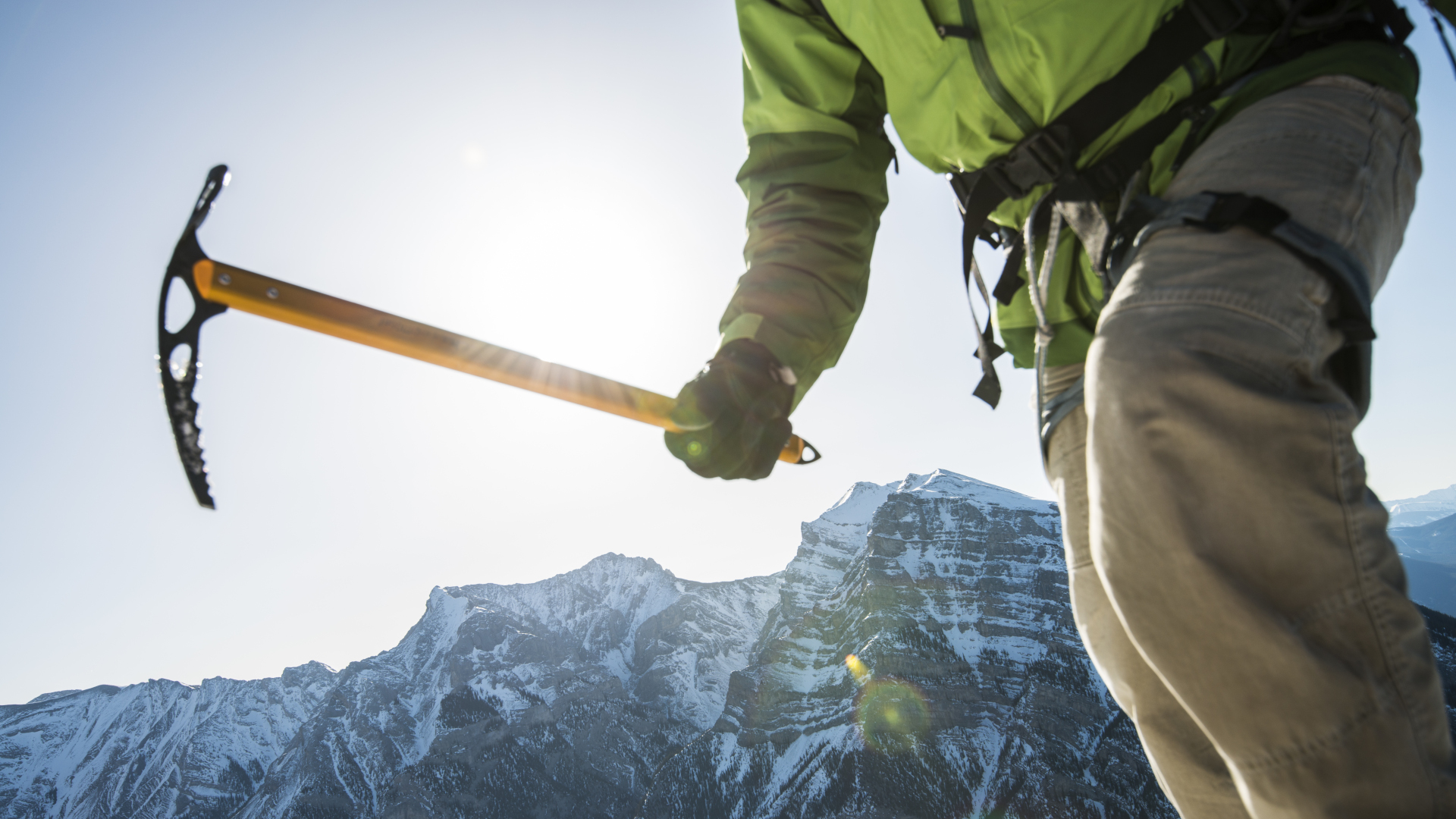
January 2023 fatalities
Julian Sands was an avid mountaineer, someone who was “was always tramping off to Kilimanjaro, or Antarctica, or the Andes, or the Alps," according to his close friend and fellow actor John Malkovich. However, he was reported missing on 13 January, having set off to climb Mt Baldy alone. After an extensive search by the authorities that involved drones, helicopters and over 80 people, it ended up being hikers exploring the remote Goode Canyon on 24 June that found his body.
Sands' death highlights the danger Mount Baldy poses even to experienced mountaineers. However, hikers who found the actor's remains stated that he was wearing microspikes, small metal cleats designed to be fitted around hiking footwear, rather than crampons. Mircospikes are designed for walking on relatively gentle ground and simply aren't suited to steep, frozen mountain terrain. This underlines the importance of the Sheriff Department's guidance on being fully equipped for the mountain in winter.
The other confirmed fatality that month was Crystal Paula Gonzalez, an experienced hiker and mother of four, who was reported to have fallen at least 500 feet down an icy slope.
Mount Baldy
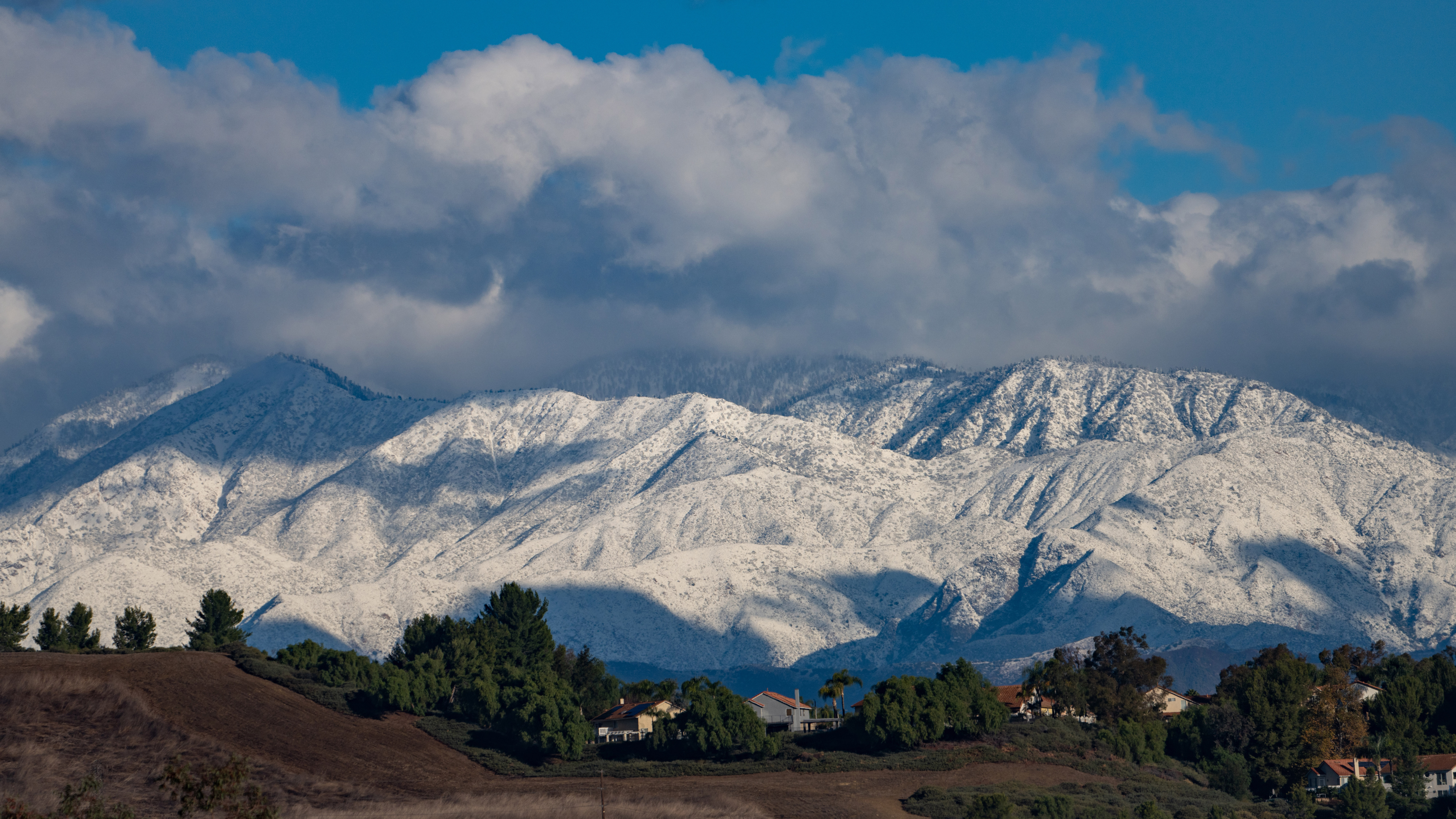
The mountain, which is officially known as Mount San Antonio, is a 3,068-meter (10,064 ft) peak on the border of Los Angeles and San Bernardino in California. It’s a hugely prominent peak and is a familiar sight, towering above the City of Angel’s skyline.
All the latest inspiration, tips and guides to help you plan your next Advnture!
As the highest point in both the county and the San Gabriel Mountains, it makes for an enticing objective for adventurous hikers and trail runners. Its apex can be approached via several trails that make it to the summit by one of its four main ridges. Every Labor Day since 1965, hundreds of runners attempt the summit, underlining its popularity and status in the hearts of the local people.
In summer conditions, Mount Baldy by its normal routes is not a technical hike, though the elevation gain involved and the altitude make it a very strenuous one. Its sandy and rocky terrain is little different from the other popular hikes in the SoCal region. There are some steep drop-offs that are easily avoidable in dry conditions, but the trails are more treacherous when wet.
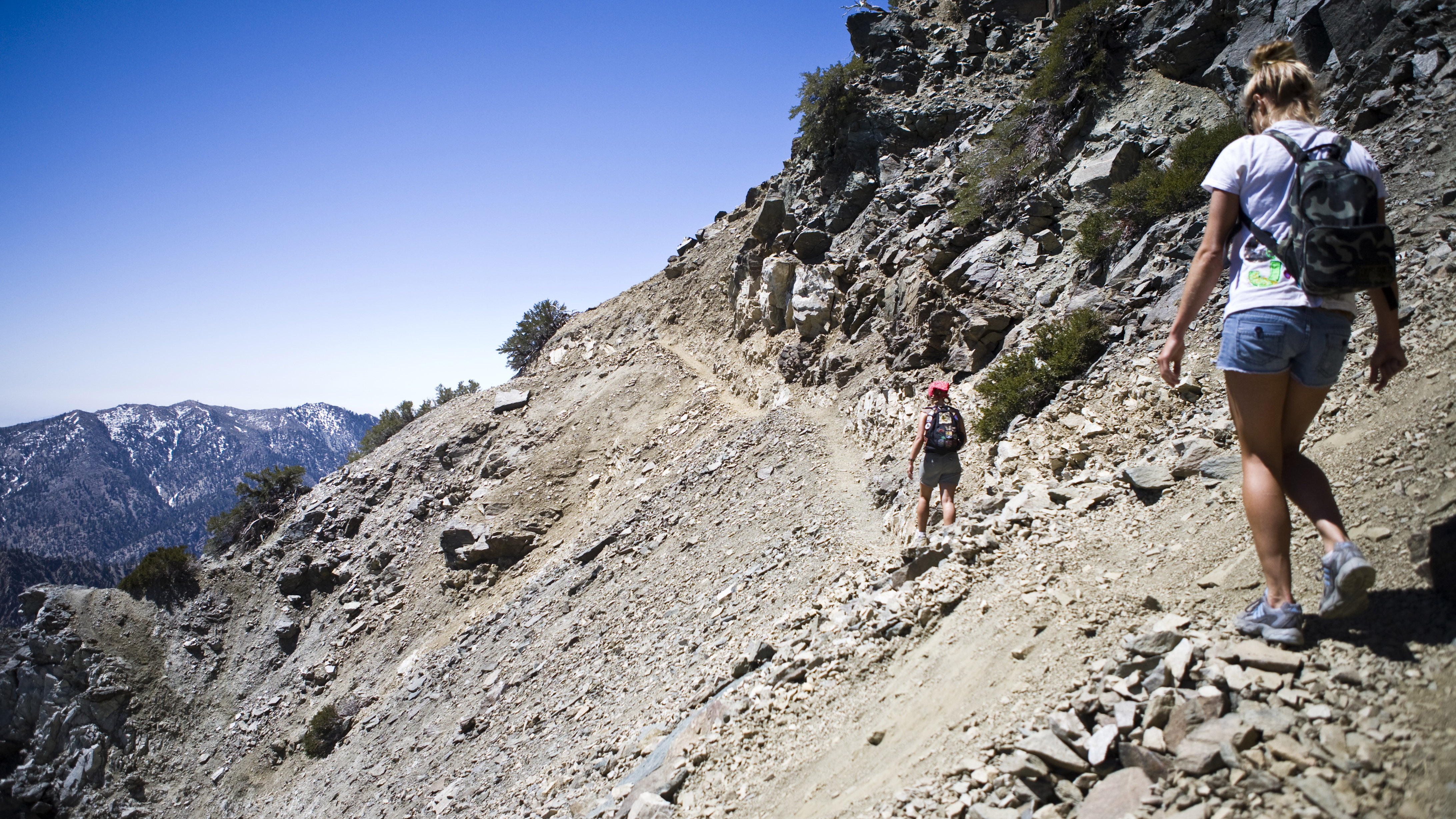
When does Mt. Baldy become seriously dangerous?
However, winter conditions can turn what is a moderately challenging hike in summer into a difficult mountaineering prospect, requiring the use of an ice axe and crampons. When Julian Sands went missing on 13 January 2023, storms and freezing temperatures brought deep snow, ice and powerful winds to the mountain. On any mountain after fresh snowfall, the threat of avalanche is always greater, particularly on slopes of between 30 to 45 degrees.
January 2023 saw above average snowfall on the mountain, with a series of freeze-thaw cycles creating a cocktail of unstable terrain. These kinds of conditions are challenging even for the most experienced mountaineers and are very prone to avalanche.
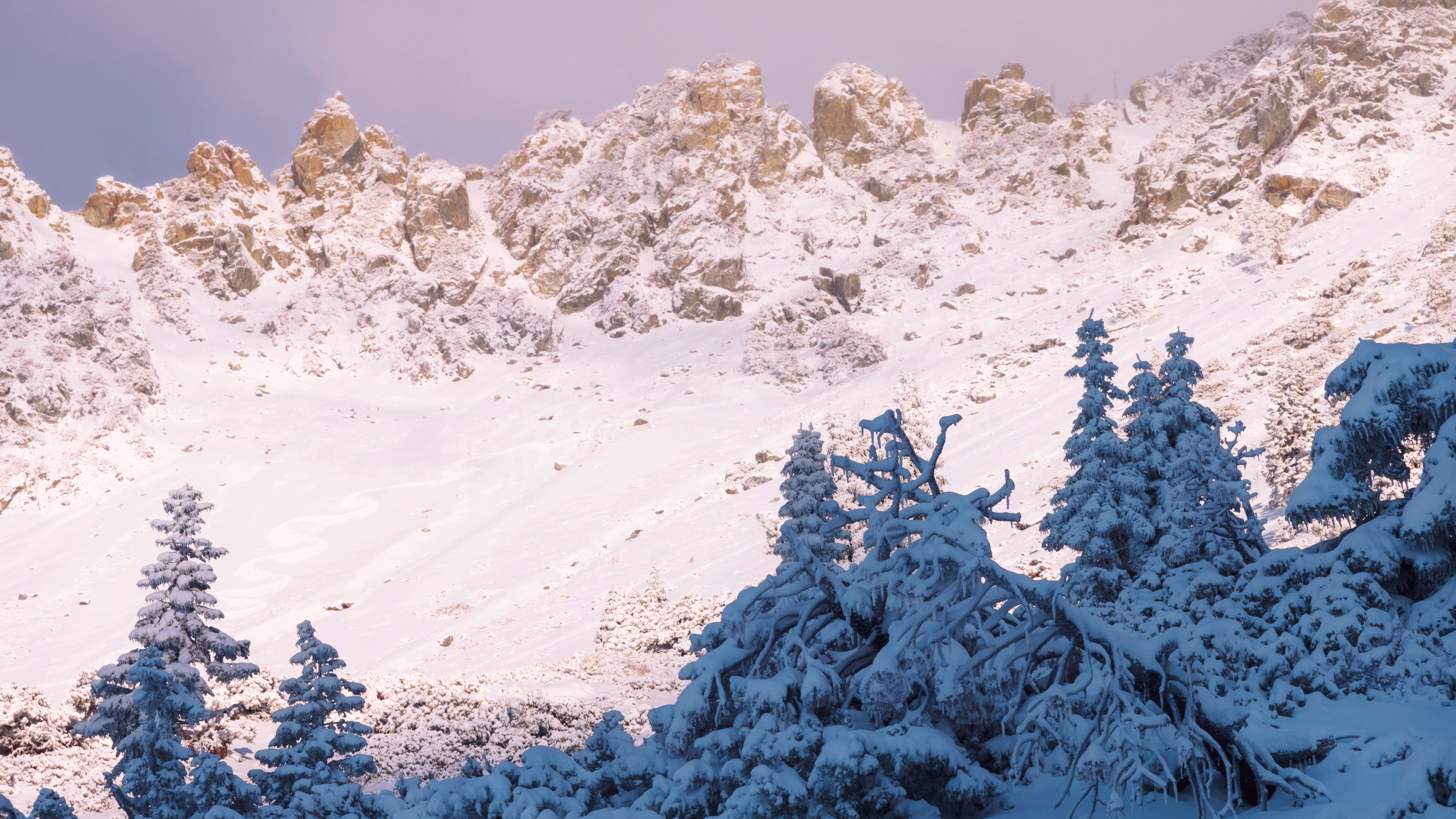
Even without storms assaulting the peak and above average snowfall, the trails are always more difficult in winter conditions. What might be an easily avoidable slope in summer becomes an icy death trap in winter, particularly if hikers don’t have an ice axe to hand and the skills to self-arrest in order to stop a fall. Put plainly, you should not attempt Mt. Baldy in winter unless you are a skilled mountaineer.
Of the trails that reach the summit, the Devil’s Backbone Trail, along the mountain’s east ridge, is particularly hazardous under snow and ice due to the big drops. Sadly, there have been many fatalities over the years along this section during the colder months.
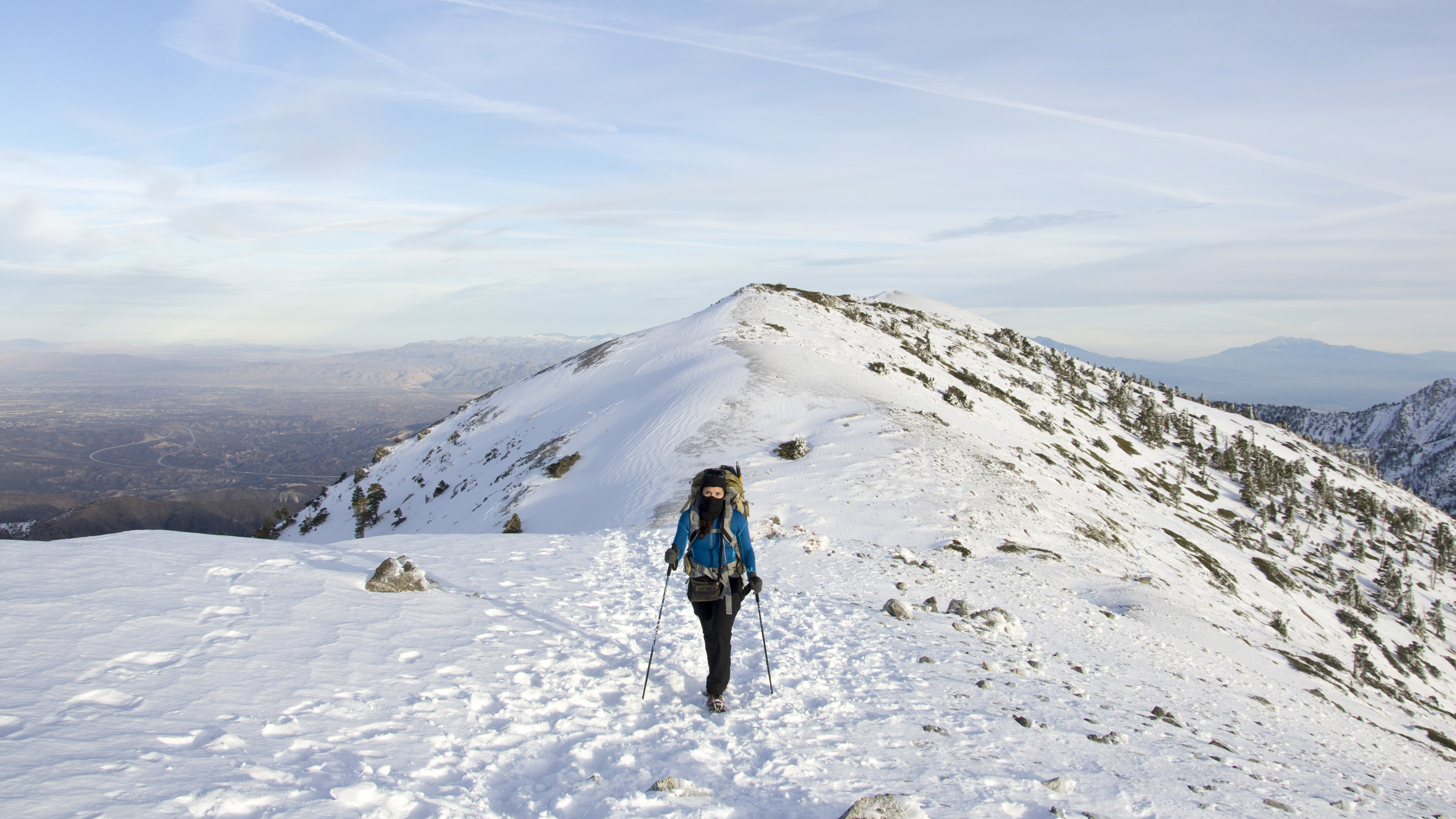
Any airy ridge becomes even more treacherous in high winds and, being the highest mountain in the range, Mount Baldy is no stranger to ferocious gusts. The Santa Anas, the winds caused by high pressure arriving over the San Gabriels from Nevada, regularly blow across the mountain’s ridges. This is why it’s always worth checking the forecast carefully when choosing your route to the summit. In high winds, the Devil’s Backbone is a big no-no.
The mountain’s great height means that it is always going to be significantly colder towards the summit than it is at ground level. In summer, the trails are a great way to escape the stifling LA heat; in winter, the cold can be deadly.
With all that said, the safest time to hike Mount Baldy, particularly if it’s your first time, is between June and October.
What do the authorities say about Mount Baldy in winter?
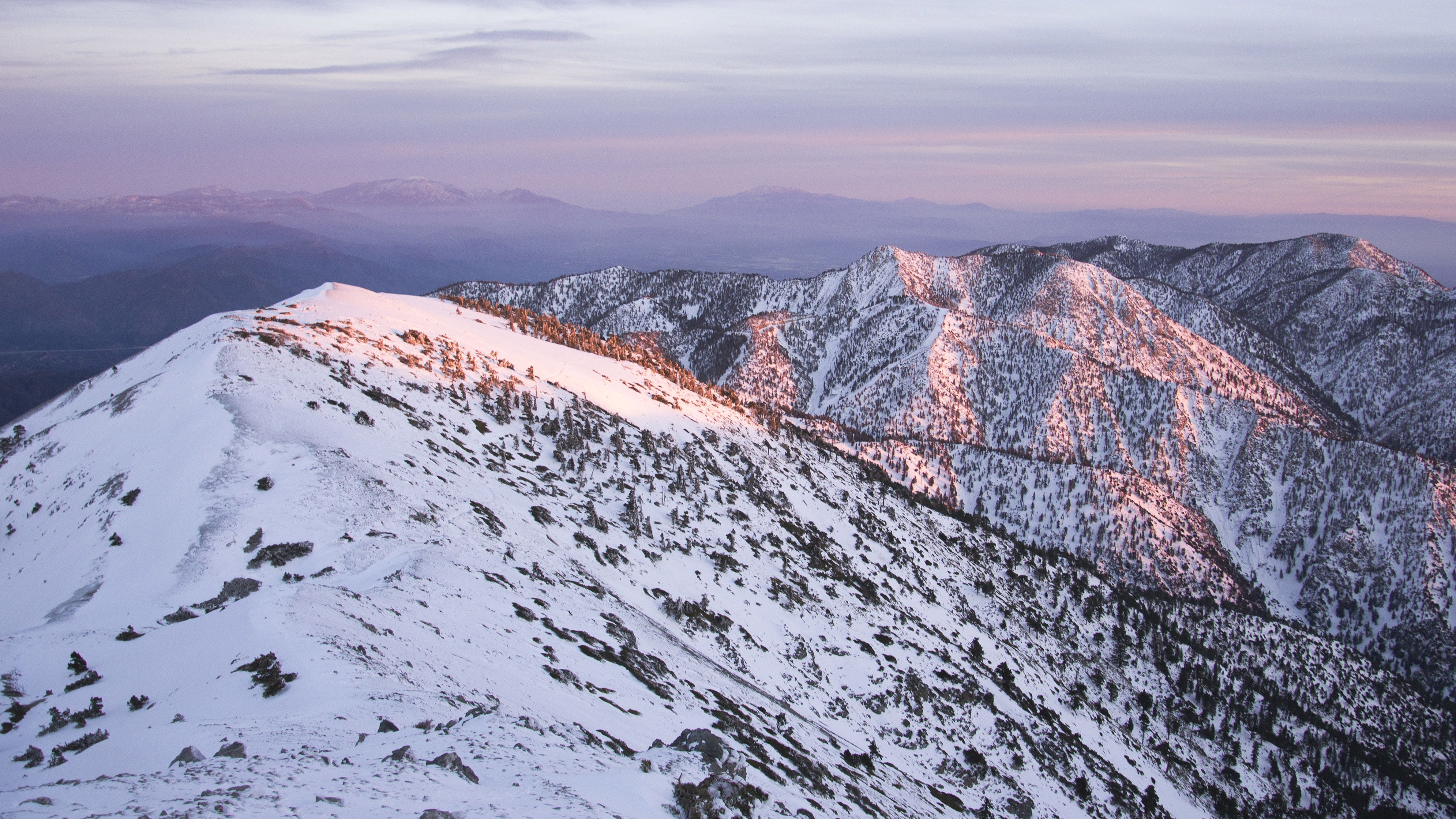
As reported by ABC News in January 2023, the San Bernardino County Sheriff’s Department said it ‘highly recommends hikers avoid hazardous mountainous areas, such as Mount Baldy, at this time,’ regardless of the skills they may have and the precautions they take. This underlines the seriousness of such a high peak during the winter season.
They went on to say that ‘many hikers, experienced or novice, underestimate the steep terrain, unpredictable weather, and high winds that present themselves in our mountain areas. Exposure to the elements and falls contribute to Mount Baldy’s growing mortality rate and the risk of avalanches prolongs rescue efforts.
Why is Mount Baldy so popular?
Only an hours’ drive from Los Angeles, Mount Baldy is easily accessible to the 24 million inhabitants of the SoCal urban conurbation. As an achievable peak and the highest point in the San Gabriel range, it has a lure that’s difficult to resist for so many. Indeed, for the vast majority that take to its trails, it's an overwhelmingly positive experience, boasting tremendous views and a great sense of achievement.
What all the of the most dangerous hiking trails in the world have in common are accessibility mixed with notoriety, enough to make them exceedingly popular despite some obvious risks. Mt. Baldy is no different. In fine weather and with the right experience, it’s perfectly safe. However, when the weather turns it can snare the unwary and inexperienced and when conditions are truly awful, as they were in January 2023, they can pose a huge risk even to experienced mountaineers.
'People have a hard time understanding that literally 30 minutes from a Starbucks, you could die," says Steve Goldsworthy, operations leader for Montrose Search and Rescue Team, a volunteer led organization that's affiliated with Los Angeles County Sheriff's Department.
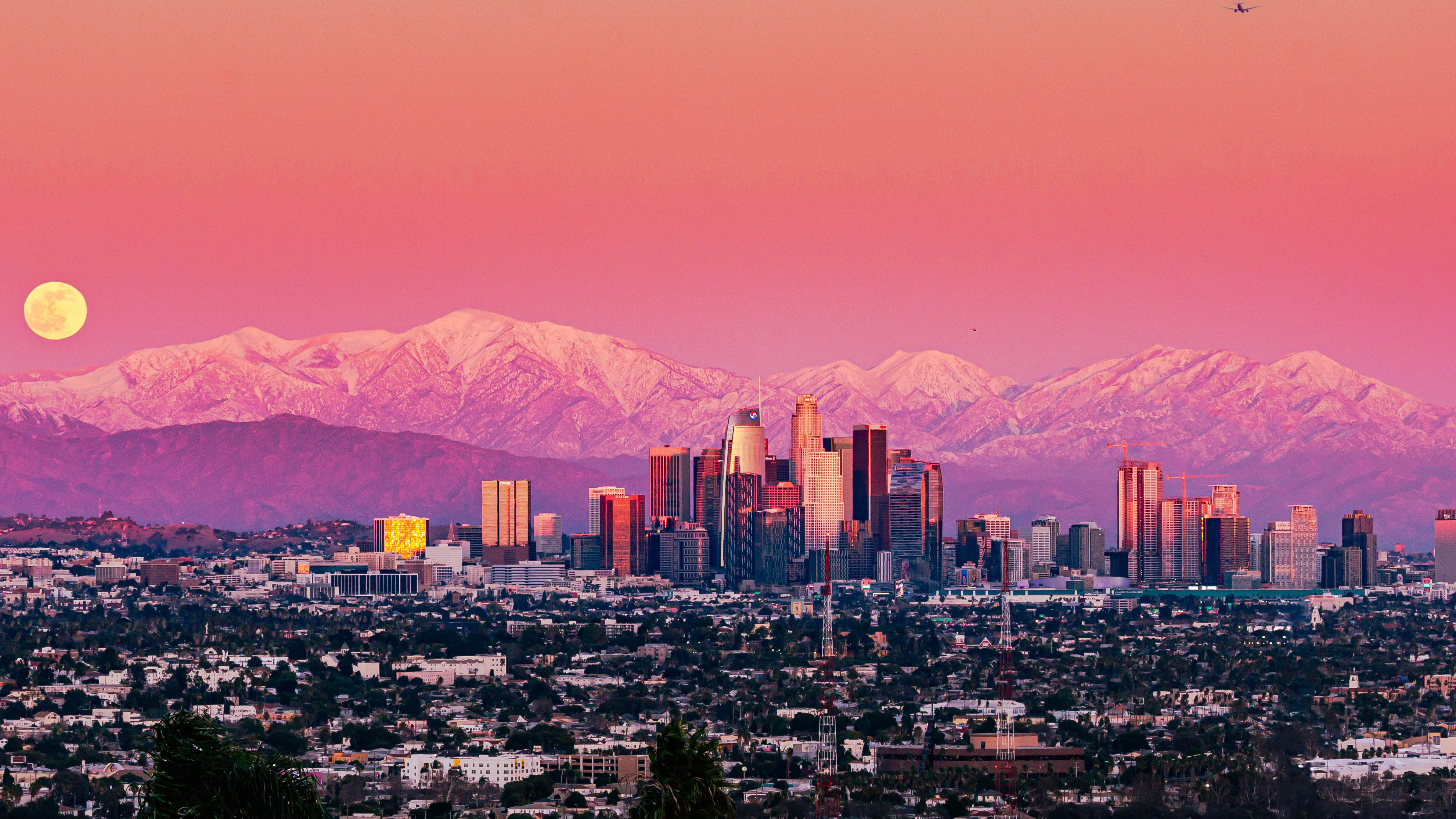
So, is Mount Baldy really that dangerous?
Mount Baldy’s great height, airy ridges and the conditions the mountain can experience mean that it’s a peak that can be very dangerous indeed. The fact that it is so accessible to millions of people means that it is also very popular. When these two factors collide, there will always be incidents and, sadly, fatalities.
How to hike Mount Baldy safely
Check the weather: use a dedicated mountain weather service to check the weather before your hike. Remember, parts of the trails are treacherous when wet.
Map and compass: Yes, Mt. Baldy is popular in the summer months but complacency is where things can start to go wrong. Take a topographical map and compass and know how to use them. Hiking apps and GPS units are great too, just don’t rely on them completely.
Wear appropriate footwear: either a pair of hiking boots or your best hiking shoes (not sneakers or sandals).
Layers: Mount Baldy is a very high mountain, so even if temperatures are balmy in LA, it’ll be much colder on the trails and especially on the summit. Bring mid layers, a down jacket or puffer and a waterproof jacket along, just in case.
Take your time: There’s a 3,000-meter (10,000 ft) difference between Santa Monica and the summit, which means those who’ve just come up from sea level may suffer from altitude sickness. Ascending slowly is a sure-fire way to deal with this, as well as...
Drink plenty of fluids: Staying hydrated is another way to stay ahead of altitude sickness.
Don’t bring the kids: this is a very strenuous hike and not one for the kids unless they have a lot of similar hiking experience.
Avoid when icy: unless you have mountaineering experience and plan on using crampons or an ice axe, attempting the route in icy conditions is not wise
Don’t forget your parking pass: In order to park at the trailheads, you’ll need either a day permit, a National Parks Pass or a Southern California Adventure Pass.
Alex is a freelance adventure writer and mountain leader with an insatiable passion for the mountains. A Cumbrian born and bred, his native English Lake District has a special place in his heart, though he is at least equally happy in North Wales, the Scottish Highlands or the European Alps. Through his hiking, mountaineering, climbing and trail running adventures, Alex aims to inspire others to get outdoors. He's the former President of the London Mountaineering Club, is training to become a winter mountain leader, looking to finally finish bagging all the Wainwright fells of the Lake District and is always keen to head to the 4,000-meter peaks of the Alps. www.alexfoxfield.com
